Heather recently informed me of a striking chromatic difference between Japan and North American/Western society.
In Canada, and America, and likely most of the European nations, it is understood that white and black are binary opposites: chromatically as well as philosophically. Were you to try to illustrate the concept of a binary to someone, it is likely that the first example to come to your mind would be “well, it’s like black and white, really.”
In Japan, however, it is white and red that are opposites, and not white and black. Such a chromatic revelation is not so shocking in a country that had to invent the notion of green—or midori—as the result of foreign influences (before green was just another shade of blue to the Japanese, and traffic lights are still considered to be red, yellow, and blue). However, the fact that red and white are opposites becomes necessary context when you realize just how often the two colours appear together in this society. The Japanese flag, of course, is the most obvious use of red and white. However, there are also the graduation ceremonies in the schools, wherein the rooms are ringed with white and red striped curtains. And in the day to day, my elementary students, from first grade to six grade, all have reversible red/white caps hanging from hooks on the sides of their desks: ready to be deployed in any activity that calls for splitting the class into teams.
One such activity occurred on the weekend of May 29th at my elementary Undokai (school sports day), which saw the entire student population divided down the middle into two teams: Red and White. Each team had representatives from every grade, and when certain grades were competing, the remainder of the team would form the cheerleading squad: maniacally waving their team’s colours and following along in the pre-set, full-body, preset, foot-stomping, hat-waving red or white cheer routines.
The closest approximation for an Undokai that we have in Canada is a Track & Field Day. And such a comparison would be apt when it comes to the Undokai’s X-meter-dash and relay events for the students. However, such a comparison fails to capture the importance of the Undokai as a community event that sees student’s entire extended families coming out to cheer them on (indeed it seems to be, in a way, mandatory for parents to show up for the Undokai, and they are encouraged to arrange vacation if they usually work weekends). The comparison to a normal Track and field day also fails to capture the rest of the Undokai events, which are best described as delightful madness. There are tug-of-wars, and piggy-back chicken fights, and yosakoi-like dance numbers. There are caveman races and weather races, family races and beer bottle races, koi races and ball races. And—my personal favourite—there were dress-up-like-a-sarariman-and-act-out-getting-sloshed races. It was that last that caused me to exclaimed, when I was finally able to get my laughter under control, “God DAMN, I love this country!”
But coming back to the Japanese binary of Red and White for a moment, I wonder if it might not be a purer binary than Black and White: if it might not be better able to illustrate the notion of a binary: of opposites.
I fear that our own western white and black has been too tainted by the associations with other binaries that we’ve muddied it in. White becomes associated with ideas like light and good and air and life. Black, in opposition, is associated with the conflicting notions of dark and evil and earth and death. Black and White, in western society in specific and, likely, in the English language in general, have become value judgments and no longer a simple chromatic binary. To assign either colour to someone or something is to risk contaminating it with these further binary associations or residual meanings.
In Japan, if you’re not white, you’re red. At the end of the day, those students at the Undokai are wearing white hats that are also red hats, and the others are wearing red hats that are also white hats. To change from one to the other is only a matter of inversion: of taking the hat off, changing it, and putting it back on. And, in the end, it’s just a hat.
To transition from Black to White in western society requires far more work. If you are black then you are the absence of white. You carry all of the negative, unclean associations with the black. Should you wish to change sides, to ascend into the white, so strong are our society’s peripheral associations with these two colours that, even if you succeed in changing, your previous colour will cling to you like a phantom miasma. It is like trying to mix white from black when dealing with pigments: no matter how much light you pour into the dark, all you will ever accomplish will be grey.
This is a theoretical discussion dealing with abstracts and is not meant to be a commentary on race. That being said, with the way that talking about someone being white or black aligns so easily with western notions of race, perhaps the race issue is the purest example of the implications of, and inherent dangers in, western society’s classification of the colours Black and White. Just as the Japanese arbitrary aesthetics decided that red and white would be opposites, so, too, did western arbitrary aesthetics draw race lines in Black and White.

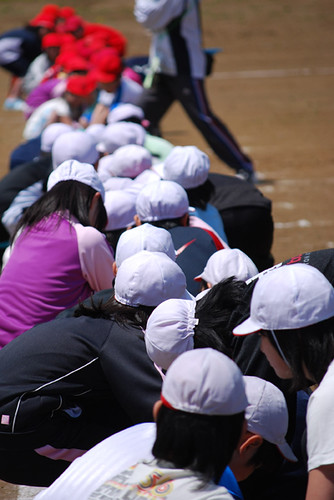
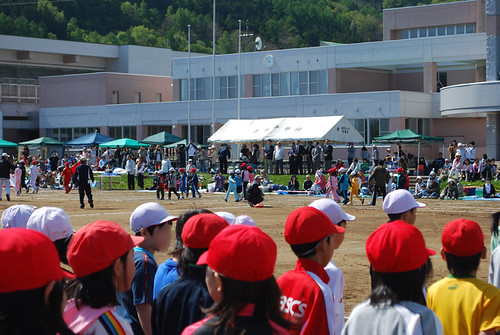
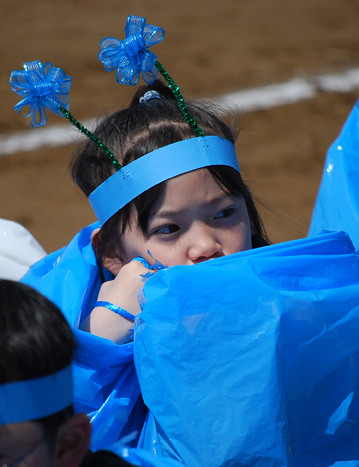


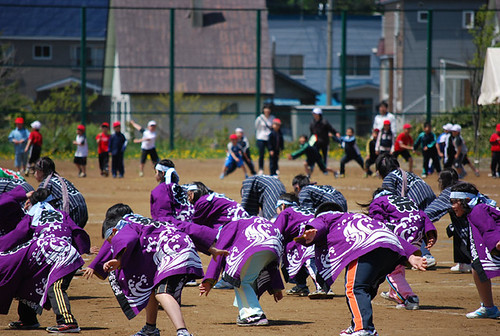
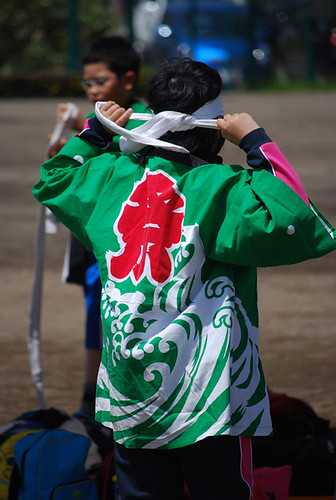
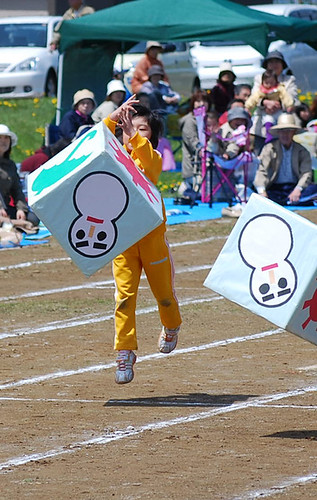

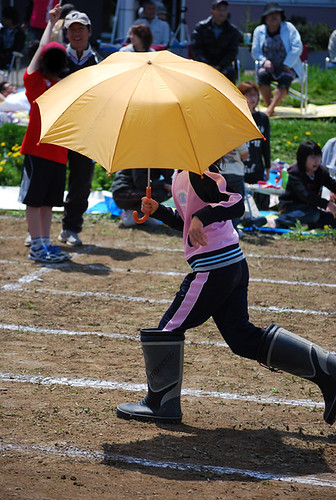
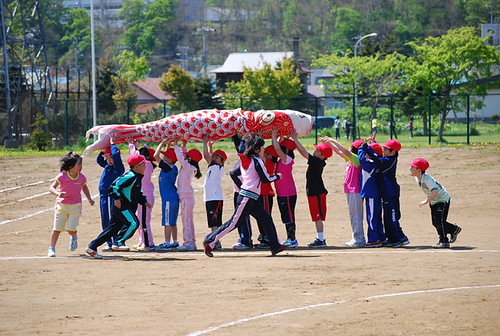
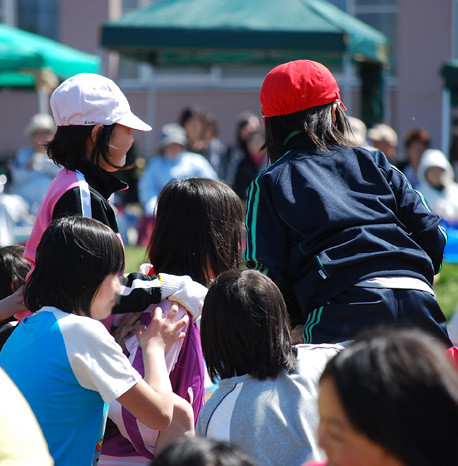
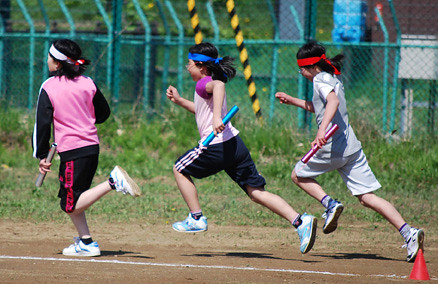



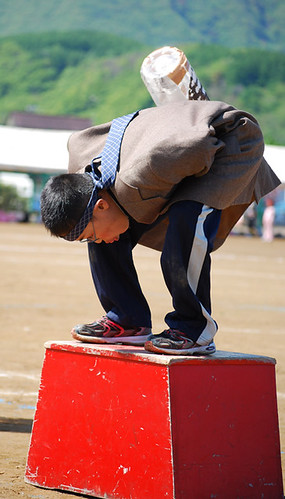
No comments:
Post a Comment